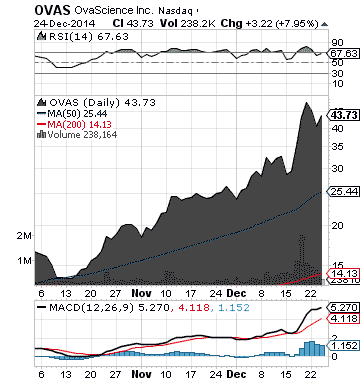Seeking Alpha and Discovering the Truth
Post on: 15 Апрель, 2015 No Comment

Follow Comments Following Comments Unfollow Comments
Larry Swedroe’s book, The Quest for Alpha . is only 190 pages, but it could have been 500 pages. This compact book is chock-full of academic research that tightly summarizes the active versus passive debate, and instructs you on how to seek out a successful portfolio.
Those of you familiar with Larry Swedroe’s work will correctly guess that the research summarized in the book is bad news for beat-the-market alpha seekers. Active management doesn’t stand a chance under the scrutiny of rigorous academic research. Similar to the quest for the Holy Grail, the quest for Alpha makes for great mystery and intrigue — but it’s not how you should be managing your life savings.
The content in The Quest for Alpha was strikingly familiar. That’s because I published a similar book a few months ago, titled The Power of Passive Investing . I assure you that this happened by pure coincidence as we do not collaborate on writing projects. It appears that some things in the active versus passive debate were so obviously missing — like having all of the important research in one spot — that it is not surprising that two individual writers would have roughly the same outline for a book at the same time!
There are a few important differences in the books. But with both books in hand, you’ll find all the evidence you need to unequivocally lay to rest any notion that active management is a superior strategy.
The first half of the The Quest for Alpha starts with five chapters on “The Evidence” against trying to beat the markets. Each chapter describes different types of investors and efficiently lays out the case against active management in each category. The groups include mutual funds, pension funds, hedge funds, private equity, venture capital and individual investors. The consistent message across all groups is that very few people beat the market with any consistency in the long-term, and that passive investing using low-cost index funds is a superior way to manage money.
Behavioral finance also plays a big role in the returns people earn, and the book has two chapters on this topic. One defines behavioral finance issues and the second focuses on performance chasing — which is probably one of the biggest detriments to investor success.

Trustees of pension funds and charitable accounts be interested in the chapter on the prudent investor rule. It’s one thing to take risk with your own money, and quite another to take risk with someone else’s money. It was uncanny for me to see a chapter on fiduciary duty and indexing in The Quest for Alpha because I also included chapters on this same subject in The Power of Passive Investing .
Toward the end of the book, Larry provides an excellent step-by-step guide to portfolio building using a passive approach. He walks you through portfolio construction, starting with a simple portfolio and building as he goes. The first portfolio is a basic allocation of the S&P 500 and Barclay’s Aggregate Bond index, and by the sixth portfolio, he builds up to a sophisticated, multi-factor model that includes eight different asset classes and styles. The historic risks and returns for each portfolio are provided.
Does The Quest for Alpha break new ground? Not really. Like my new book, most of the information can be found in other literature. What is important about the book is that it helps spread the truth about investing to the masses in an easy-to-read manner. Quoting Goethe, “Truth has to be repeated constantly, because Error also is being preached all the time, and not just by a few, but by the multitude. In the Press and Encyclopaedias, in Schools and Universities, everywhere Error holds sway, feeling happy and comfortable in the knowledge of having Majority on its side.”
The Quest for Alpha holds the important message that successful investing is not about seeking treasures like the Holy Grail, it’s about creating a successful investment strategy that fits your needs. This means creating an appropriate investment policy, implementing that policy using low-cost index funds, and following the policy through during all market conditions. That’s a Holy Grail worth pursuing.














